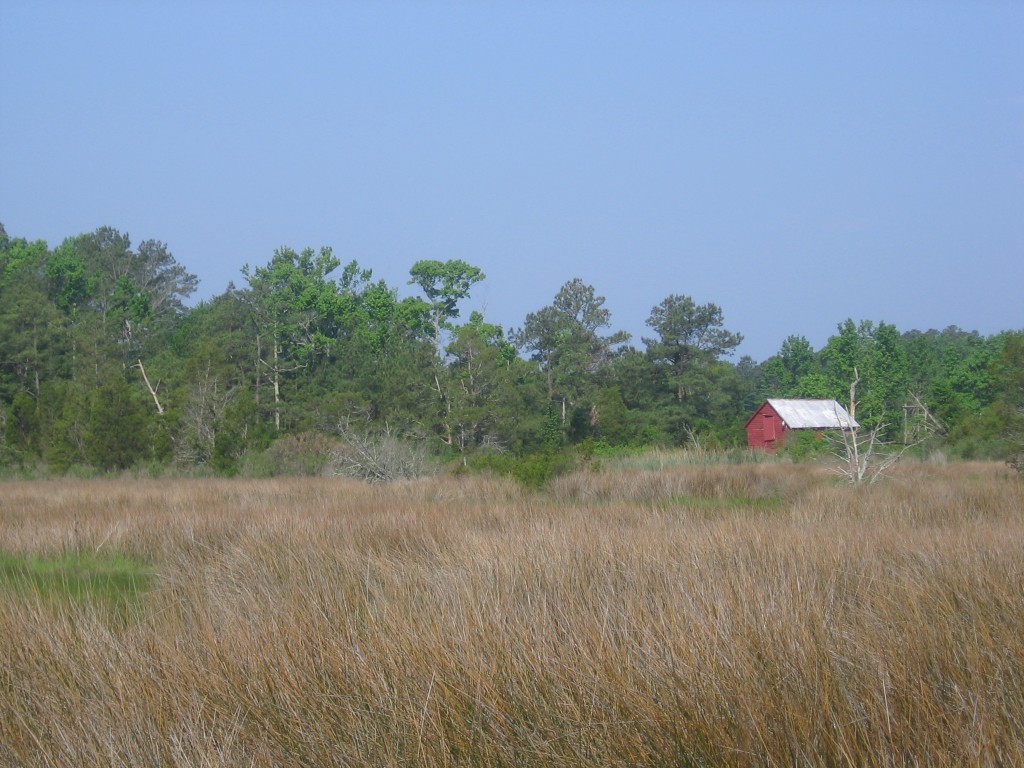In 2020, it often seemed as if each day held a year’s worth of headlines. As a result, stories that might have merited front page coverage in the recent past managed to escape significant media and public scrutiny. Our most popular post of 2020, “While We Were Not Watching,” tried to capture some of these missing narratives, especially as they related to the protection (or lack thereof) of large landscapes. More hopeful writings on the potential for large landscape conservation to aid in economic revitalization or contribute to the practice of interpretation and storytelling, also garnered attention over the past year.

Below is a summary of our 10 most read posts in 2020.
- “While we Were Not Watching” – In spring 2020, the nation and the world were riveted by the devastating spread of COVID-19. At the same time, the current administration proposed a number of potentially catastrophic initiatives to dismantle several well-established federal conservation programs.
- Conservation and Controversy the Agricultural Landscapes of Marin County, California – Agriculture has long had a huge impact on the economy of the San Francisco Bay region. The industry generates billions in revenue and employs close to half a million people. Marin County, especially, is known for nurturing local food production. Yet, the county is also the site of a long running dispute over the presence of private farms and ranches on public lands. The conflict, which dates to the 1960s, exposes the tensions that can underlie the preservation and use of living landscapes.
- Pennsylvania’s Conservation Landscapes: A Story of Success – Pennsylvania’s Conservation Landscapes program was launched more than a decade ago to connect people to the Commonwealth’s rich heritage of parks and forests. Today with seven designated regions, it is a model of landscape scale resource management. A recent study looks at the critical ingredients for its success and makes recommendations for the future of the program.
- The Impact of the Pandemic on Agricultural Landscapes – Our world may look very different after the current crisis. Agricultural landscapes, especially, will potentially be affected. The underlying structural challenges facing the farming community are well known. The World Rural Landscape Principles identified them as the aging farmer population, critical seasonal labor shortages, global market forces, urbanization, and, of course, the overarching threat of climate change. But will Covid-19 amplify these trends? Let’s look more closely.
- The Role of Storytelling in Landscape Conservation – The idea of using cultural objects or site-specific historic places as a way to convey a story is customary practice in heritage interpretation. However, storytelling on a landscape scale is less common. Heritage areas and the United States National Heritage Area program, in particular, have demonstrated the power of this approach to build partnerships and unify a region. More recently, the movement to conserve landscapes at scale has recognized the significance of storytelling to connect people to resources. More challenging is telling the less visible stories and those of underrepresented communities.
- Dramatic Changes Could be Coming to NEPA – In January 2020, the Trump administration proposed dramatic changes to the implementation of the National Environmental Policy Act (NEPA), a landmark law for both natural and cultural resource protection. In order to better understand the potential implications of these actions, we interviewed Dr. Tom King, a preservation professional, who has worked with NEPA and the National Historic Preservation Act (NHPA) since before they were enacted in the 1960s.
- Washington Watch – Updates on the President’s 2021 budget, changes to the National Environmental Policy Act, and staffing vacancies at the National Park Service from early in 2020.
- Landscape-scale Community and Economic Development – Creating and implementing programs to jump start community and economic development on the ground is never easy. However, there are many benefits to doing so at a landscape scale. The opportunity for regional promotions, sharing capacity building initiatives, and assembling a critical mass of attractions are strategies with a record of success. What are some examples of this approach and why is it more critical than ever?
- Exploring the Landscapes of the Caribbean – Palm trees, turquoise water, and beaches are the idyllic images of the Caribbean promoted on TV. A wilder Caribbean landscape of nature reserves is familiar to eco-tourists. Yet, the perceptions of many of the region’s residents do not mesh easily with either of these perspectives. The challenge has been how to identify the significance of a larger sense of place for the local communities, for the people who live there, not the images constructed for tourists.
- U.S. Public Lands: Where to Now? – While the big excitement is passage of the America’s Great Outdoors Act, there is a lot more happening on and to public lands and most of it is not good news. Negative impacts include the shrinking of national monuments, numerous proposals for energy extraction, and elimination of regulatory protections.These actions leave cultural and natural resources vulnerable to destruction. But what about the future, where should we be heading?


